By chance, the history of rice cultivation in Guangxi was pushed forward to about 6,000 years ago!
Author:Guangxi Satellite TV Time:2022.07.16
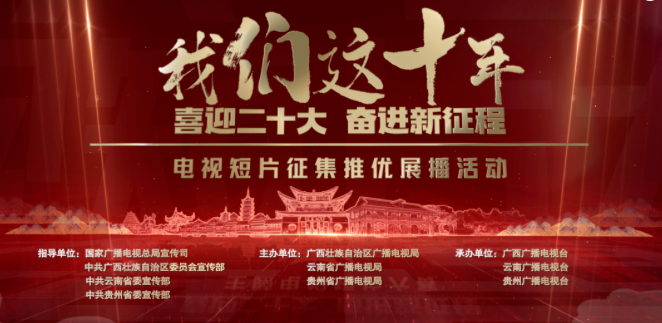

"Guangxi Story"
Broadcast at 21:20 on July 16th
In the early summer, the green trees of Xiaojin Village, Guilin Resources County, were covered by the green trees of Xiaojin Village, and the ladder -shaped paddy fields were surrounded by the village. Between the heavens and the earth, the farmers were fighting on the head of the head and the barefoot farming. The sunrise and sunset are at sunset, and the lives of farmers seem to have never changed for thousands of years. Twenty years ago, a neolithic settlement site in the village accidentally pushed the history of rice cultivation in Guangxi to about 6000 years ago.
Stunned Stone
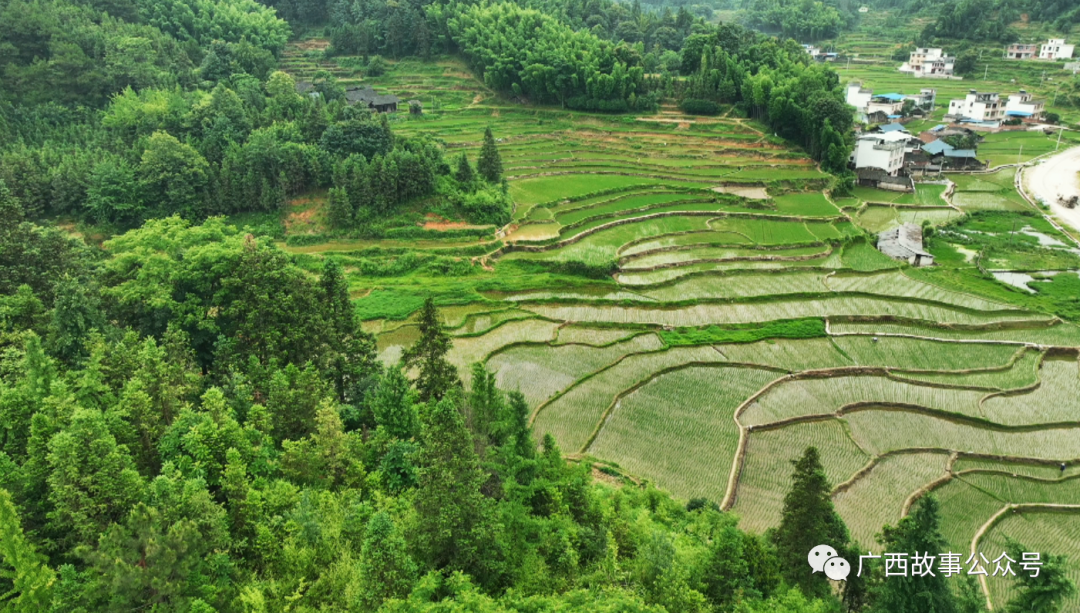
One day in July 1997, a villager from Xiaojin Village, Guangxi Resources County went to the hillside beside the village to take the soil to make the bricks. Who knows, a hoe goes down and only hear the dwelling sound. The villagers opened the surface soil and looked at it. It was a round and smooth stone. He didn't think much about it, throwing the stone on the side to continue working. It can be dug a few more hoeing, similar to stones, and some shapes are very regular.
Although these stones are discarded by the villagers, Jiang Jiashi regards Ruoluo. In order to prove his conjecture, he often visits the stones and invite people to palm. Cultural relics appear.
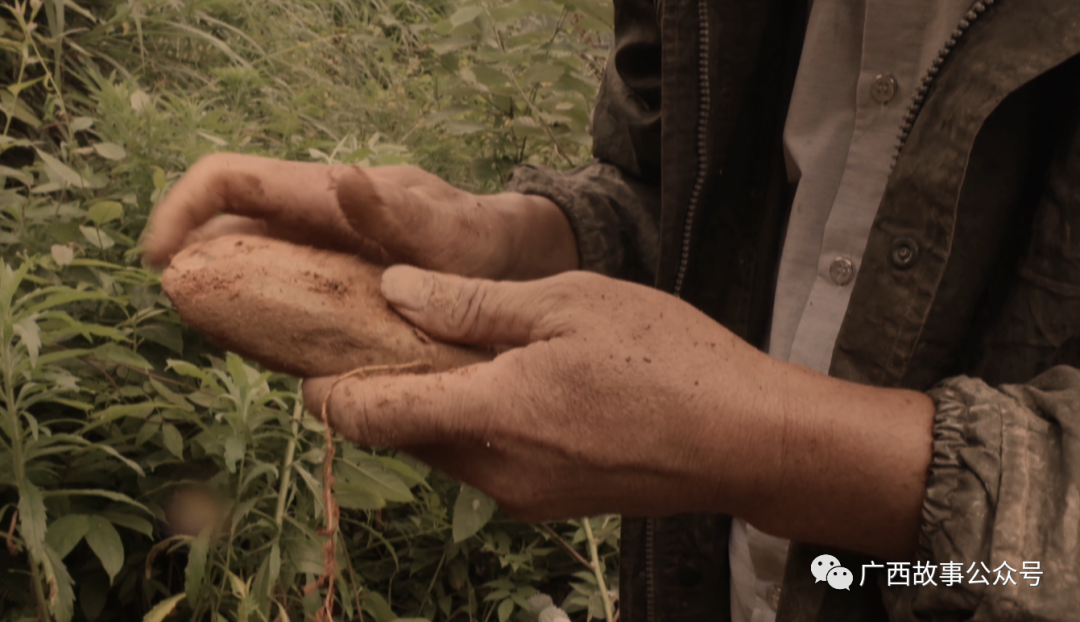
However, Jiang Jiashi did not give up. He heard that a villager in the village worked in Nanning. He entrusted the villagers to bring the stone to the students who were archeological in Nanning.
The classmate of the "archeological" was Peng Changlin, who worked at the Guangxi Cultural Relics Team at the time. With many years of archeological experience, he recognized at a glance that these stones were the categories of stone axes, stone stones, and stone crickets in the new era, which has a history of thousands of years.
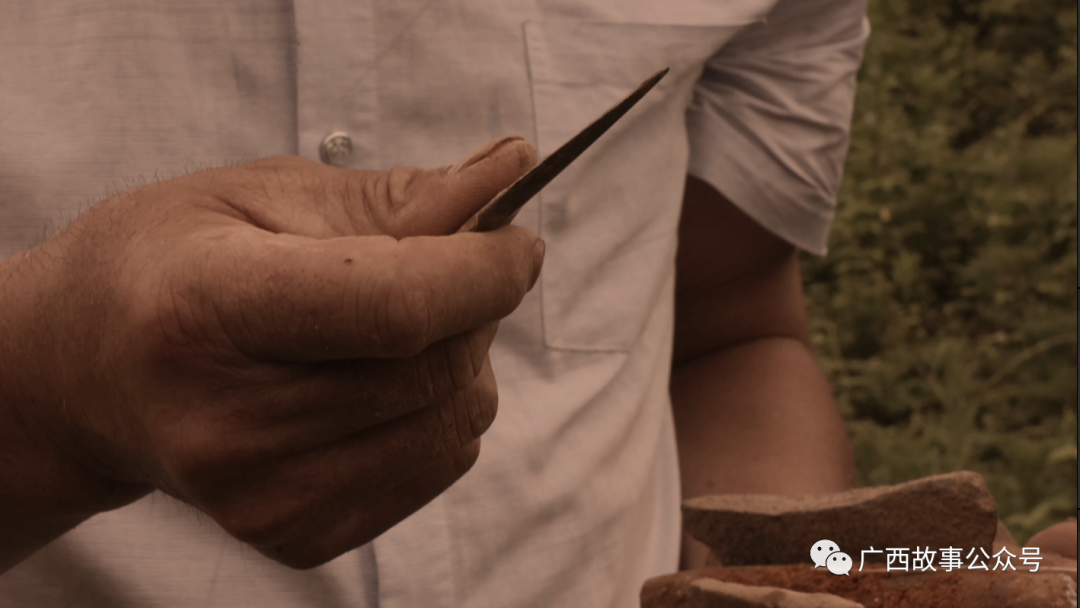
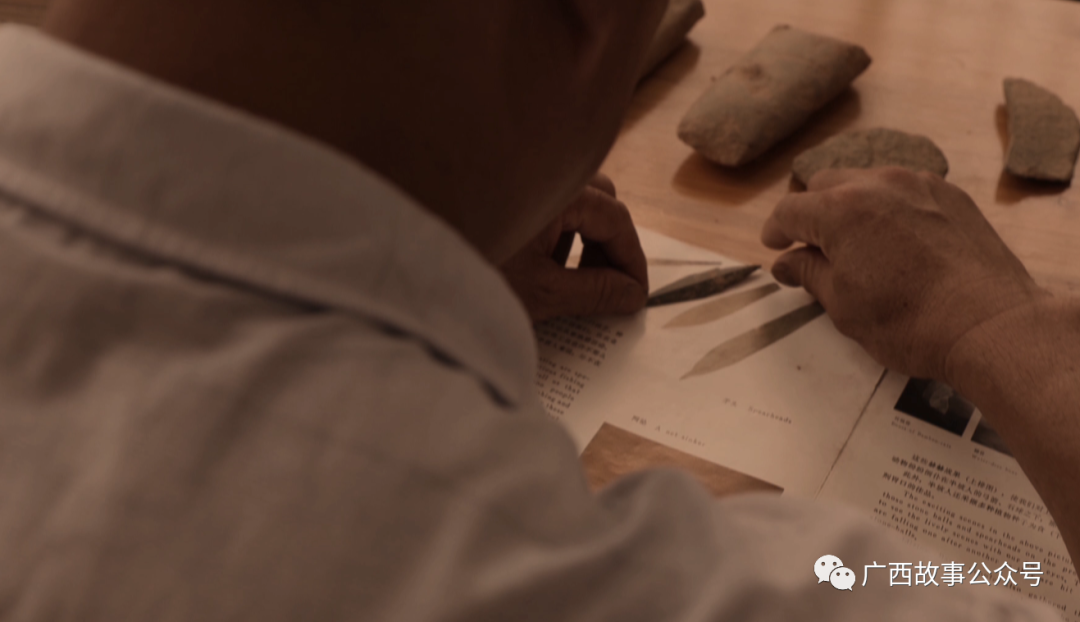
Since October 1998, the Guangxi Cultural Relics Work Team, together with the Cultural Relics Management Office of the Resources County, conducted the first excavation of the Xiaojin site. The cultural accumulation of the site area is clearer and better than the imagination. However, the unearthed cultural relics category is relatively single. Although the number is large, there is not much surprise.

On December 9, 1999, a rare and sunny and warm weather. The archaeological players were as nervous as usual, and the scene was so quiet that she could only hear the sound of the brush sweeping off the floating soil. Suddenly, the doubts of Ning Yongqin of the Cultural Relics Management Institute of Resources County broke the tranquility. When collecting charcoal grains in the exploration, he found a small piece of black and round things, because he didn't look like charcoal, so he picked it out to consult Teacher Peng Shulin. Carbonized fruit nucleus.
Carbonized fruit nucleus
Is there a carbonized rice?

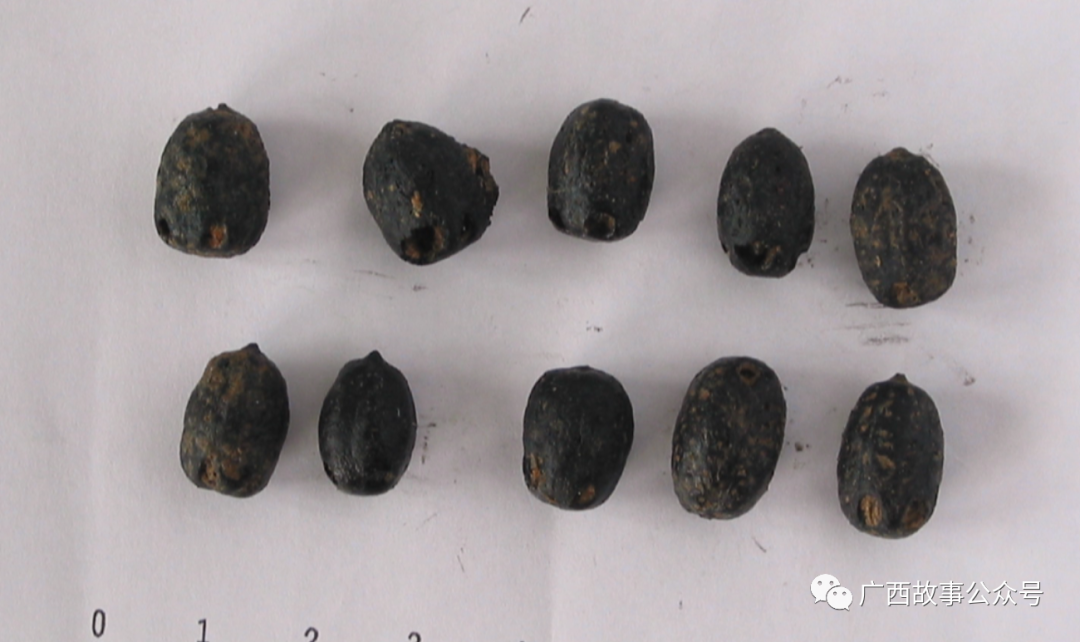

According to previous archeological experience, the place where the nucleus of carbonization is usually an area where ancient human activities are frequent. In order to avoid the historical relics hidden in the soil layer, Peng Shulin began to dig out with a shovel.
Research librarian of Museum of Museum in Guangxi Zhuang Autonomous Region
Peng Shulin:
Call that migrant worker, I said that you mentioned a bucket of water to see what there is in this mud, then I mentioned a bucket of water and stir the mud into it. Hey, there is a charcoal rice.
The news of the discovery of carbonized rice made the entire excavation site boiling immediately. Everyone put down the work in their hands and came around. It is found in the Neolithic Site in the New Stone Times Site. The relics and relics of the rice work are what Guangxi archeologists have dreamed of for many years. Everyone once imagined that even if only the seal of a grain of the grain shell was found on the pottery, Thinking that Xiao Jin's site found the most precious carbonized rice!
Carbonized rice found on the spot
The discovery and cultivation of crops is an important symbol of human beings towards civilization. The birth of all important civilizations is related to the main food of humans discovered and cultivated. The origin of the exploration of rice planting is to explore the origin of human civilization.


However, at that time, the rice was found in Yunnan in the west of Guangxi, 4,000 years ago, and the rice and rice grains found in the Shixia site in Guangdong in the east were nearly 5,000 years away. Guangxi was only found to have burial rice in Guigang and Hepu Han tombs around 2000, but it has never found traces of cultivation of rice in the Neolithic ruins.
The carbonized rice discovered by Xiao Jin's site made regrets to be successful. Because there is no professional floating equipment for archeological sites, in order to better collect carbonized rice, archeologists can only ask the villagers to borrow mosquito nets and buckets, scrape the soil according to different cultural layers, and store it in layers. Then pour the muddy soil on the basket on the mesh sieve made of mosquito nets. Carefully picked the fruit nucleus and carbonized rice on the mesh.
Select the carbonized rice in the soil layer at the archeological site of Xiaojin site
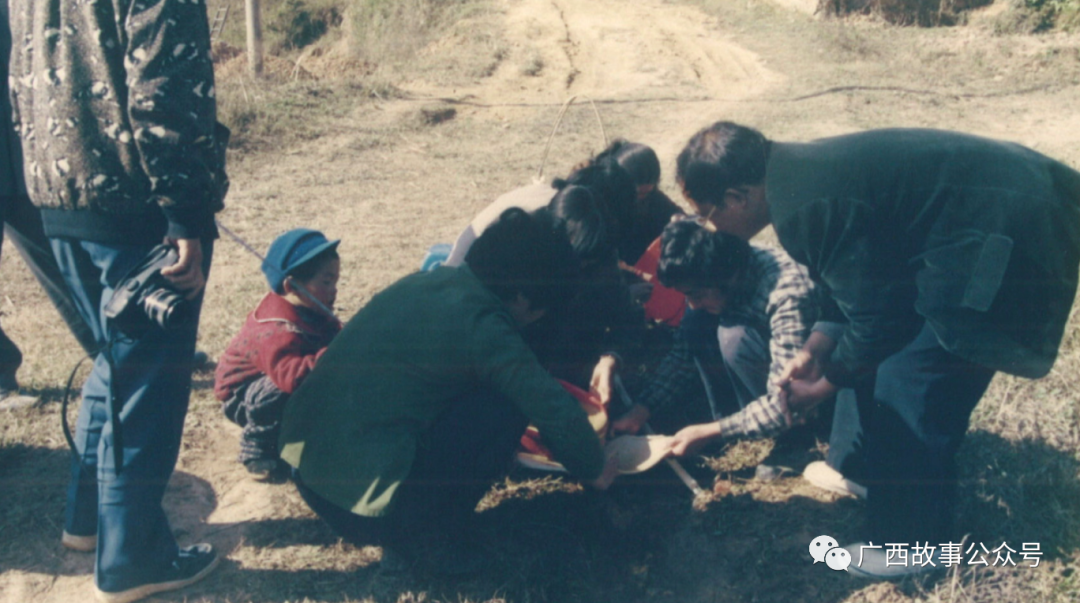

After more than 40 days of continuous washing, archaeologists successfully obtained more than 30,000 carbonized rice. They were not only the earliest prehistoric rice specimens discovered in Guangxi, but also the earliest, the highest altitudes, the largest number of altitude and the largest number found in Lingnan region in my country. A batch of prehistoric ancient rice specimens. Experts from the Guangxi Academy of Agricultural Sciences, which came by the news, identified that these rice belongs to Asian cultivation rice and is still in the early stages of cultivation of rice evolution.
Former Director of the Institute of Cultural Resources, the Academy of Agricultural Sciences
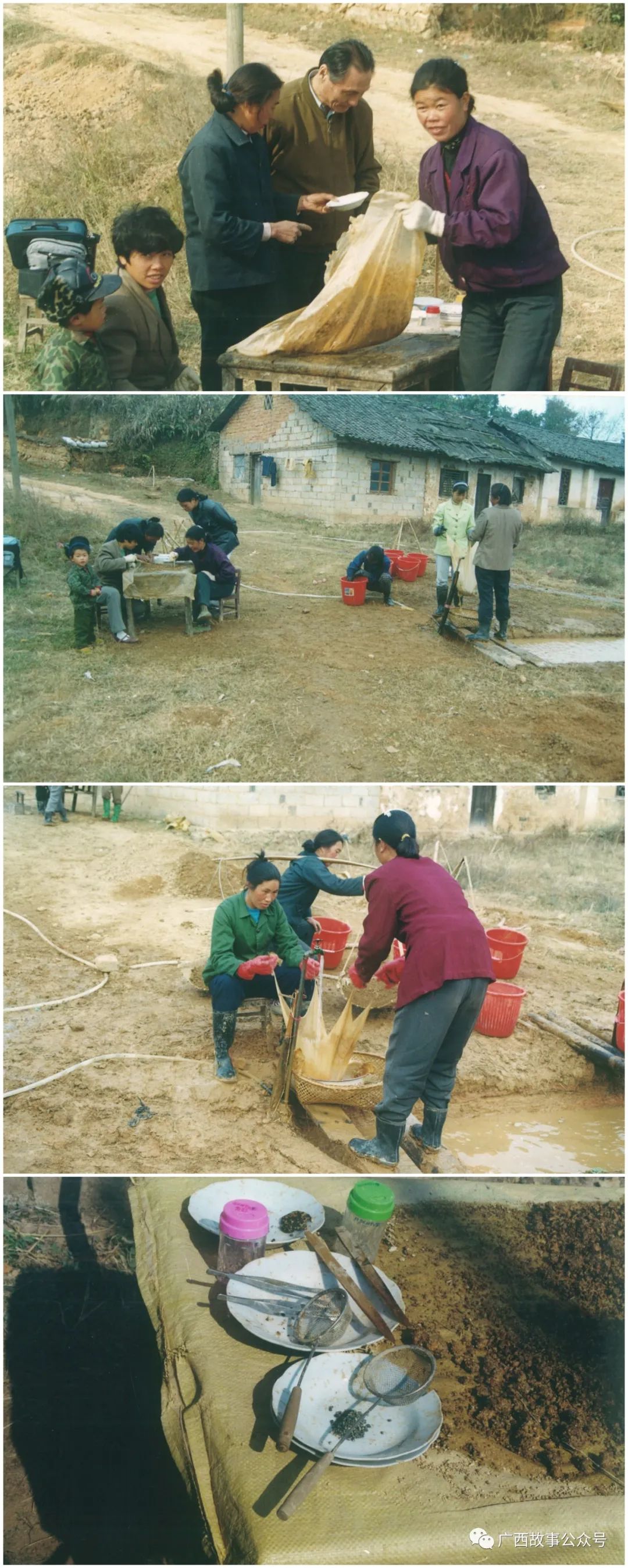
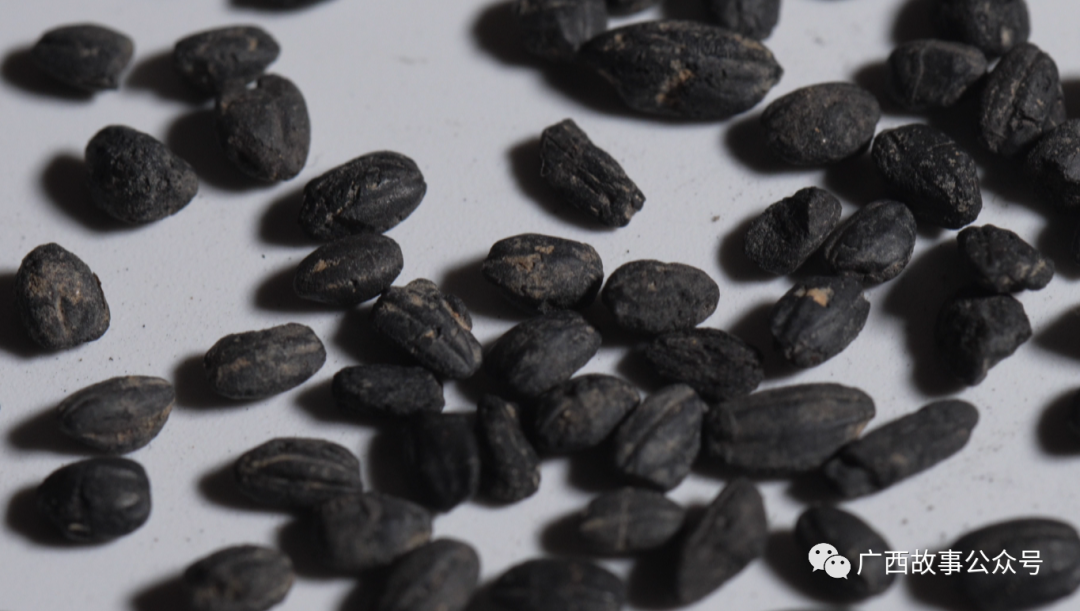
Liang Yaozhen:
(The carbonized rice of the Xiaojin site) It is comparison, which is relatively long, and the carbonized rice in Hemodu, which is round grain, is japonica rice, japonica rice. The carbonized rice we (Xiaojin site) is between japonica rice and rice rice.
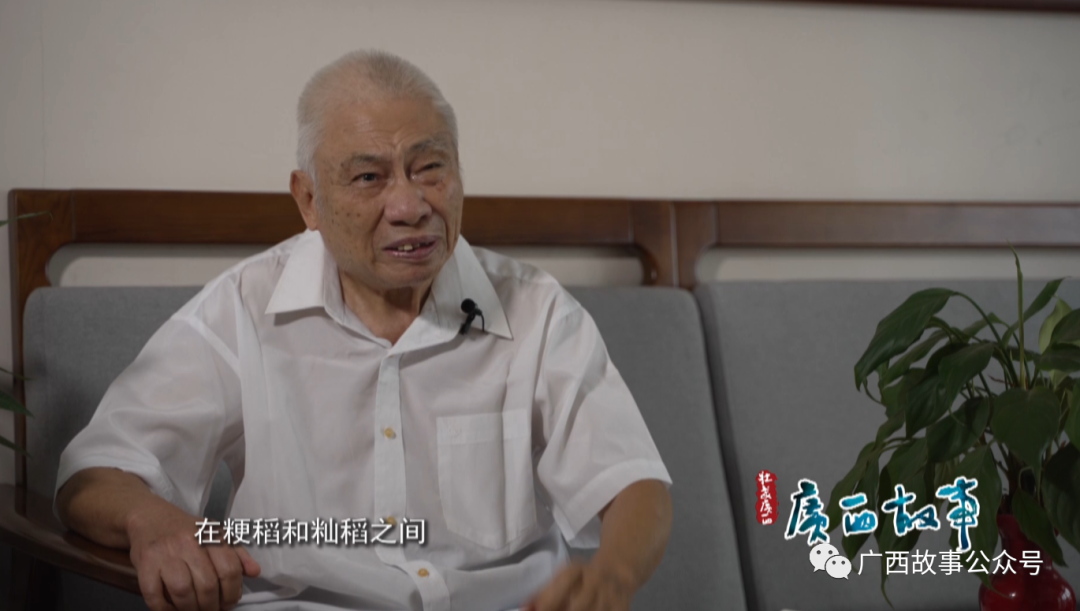
Who is planting rice?
The Guangxi Cultural Relics Working Team has conducted four archeological excavations on the Xiaojin site. In addition to carbonized rice, more than 1,000 pieces of stone tools, more than 10,000 pieces of pottery slices, pottery tanks, and ceramic spinning wheels were unearthed. Essence Because of the rich and unique cultural relics, it has important archeological significance and value. The Xiaojin site is named "Xiaojin Culture". In 2009, the Xiaojin site was listed as the sixth batch of cultural relics protection units in the Guangxi Zhuang Autonomous Region. In 2013, the State Council was approved and announced as the seventh batch of national key cultural relics protection units.
Due to the integration of various cultural characteristics of these unearthed utensils, experts speculated that at least one of the primitive humans living in the Dongting Lake area at that time entered the hinterland of Yuechengling through the current of Zijiang. The blend of exchanges, thereby forming the diversity of Xiaojin culture.
These cultural relics are like puzzles, stitching out the life map of the ancestors of northern Gui in the northern Gui people: a piece of rice fields, and thatched huts are scattered. Young women are responsible for textiles and craftsmen to make pottery pots. In autumn, rice is cooked and golden. The ancestors were harvested with stone pieces and stone knives, and the rice was carried off with stone mills, and rice was made into fragrant rice. The happiest thing to say is the day when the men are hunting and returning. People come out of the house where they live, gather on the table in the center of the village, raw fire barbecue, sing and dance ...

A grain of rice makes people see human cultural genes that have been stretched for more than 6,000 years. On the vast land of Guohua Tianbao and vast land in Guangxi, Xiaojin ancestors broadcast Satanlin, worked hard, and gradually moved towards civilization. If the long and profound Chinese civilization is regarded as a galaxy, the history of rice culture in Guangxi for thousands of years is like the shining star in the starry sky, and the ancient civilization scattered all over the Chinese land is on the same way. The vast sky of Chinese civilization.
The former curator of the Museum of Guangxi Zhuang Autonomous Region
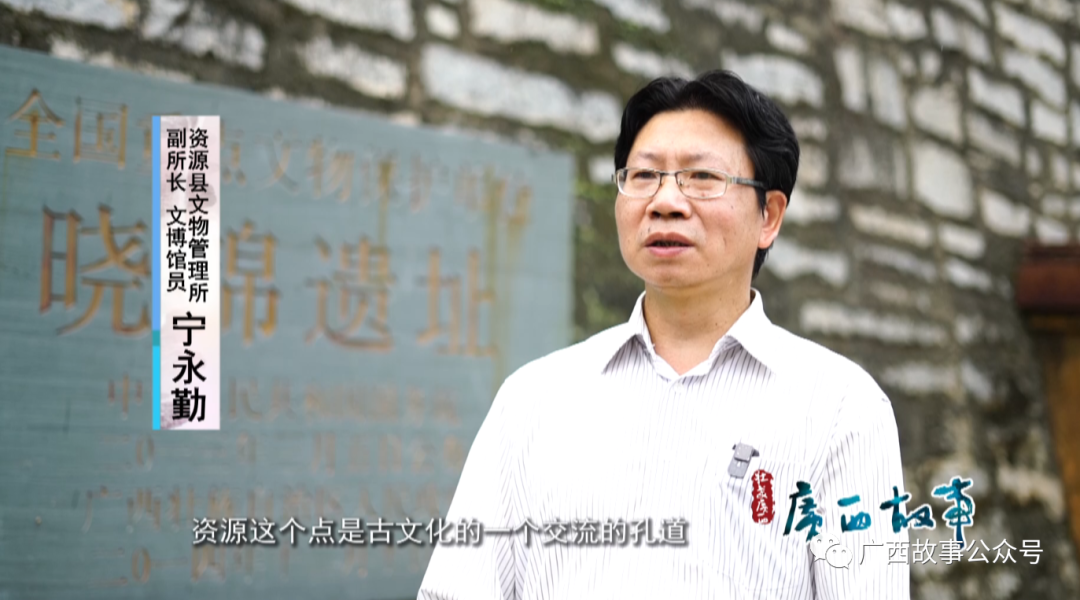
Jiang Tingyu:
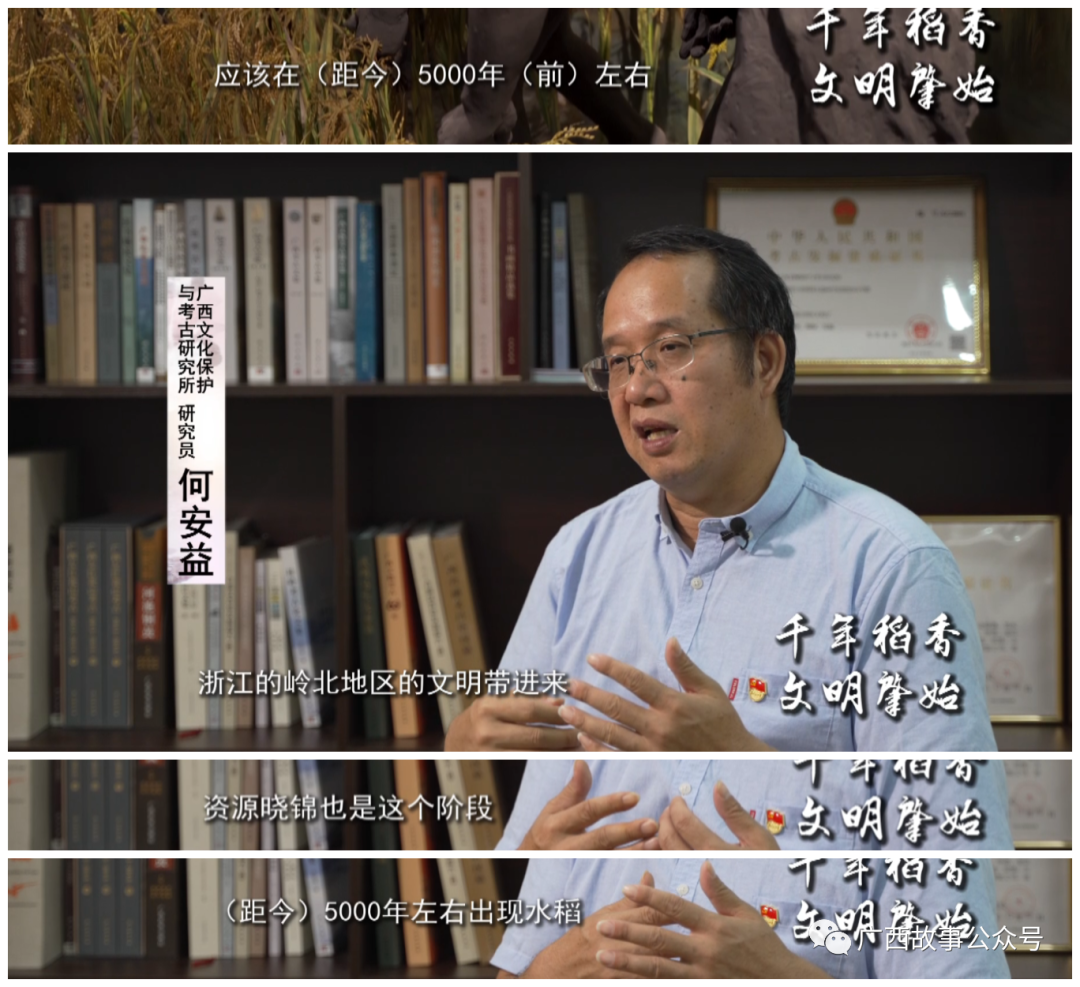
The site of Xiaojin is of great significance in Guangxi. One is the north slope of Yuechengling. The age of this site is more than 5,000 to six thousand years. Late. It has the characteristics of some water waters, but it is also affected by some cultures of Lingnan, so it has a transition. Therefore, it is a node for the construction of the Neolithic Age in Guangxi.
Edit 丨 Luo Zicong
Editor -in -law 丨 Towish
- END -
Tibet Tibetan Qingyu Technology Co., Ltd. continues to strengthen the development of the cultural industry
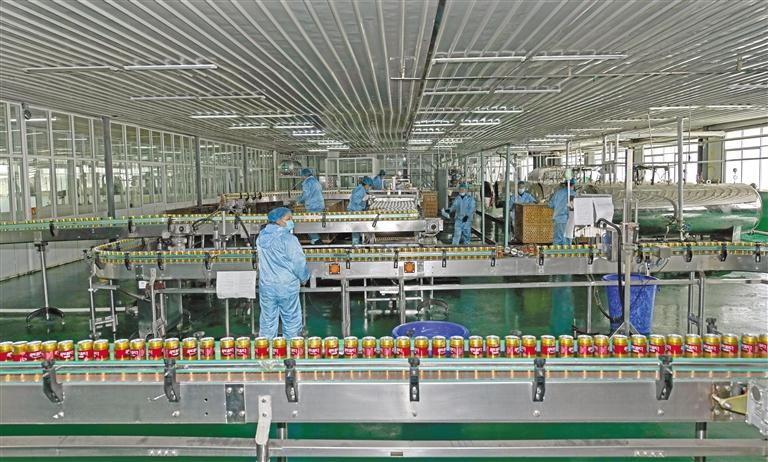
The picture shows the employees of Tibet Tibetan Qingli Technology Co., Ltd. work ...
Eliminate paralysis thoughts to promote the deployment requirements of flood prevention and disaster reduction requirements to implement the implementation

On July 21, the province held a meeting of flood prevention and disaster reduction...